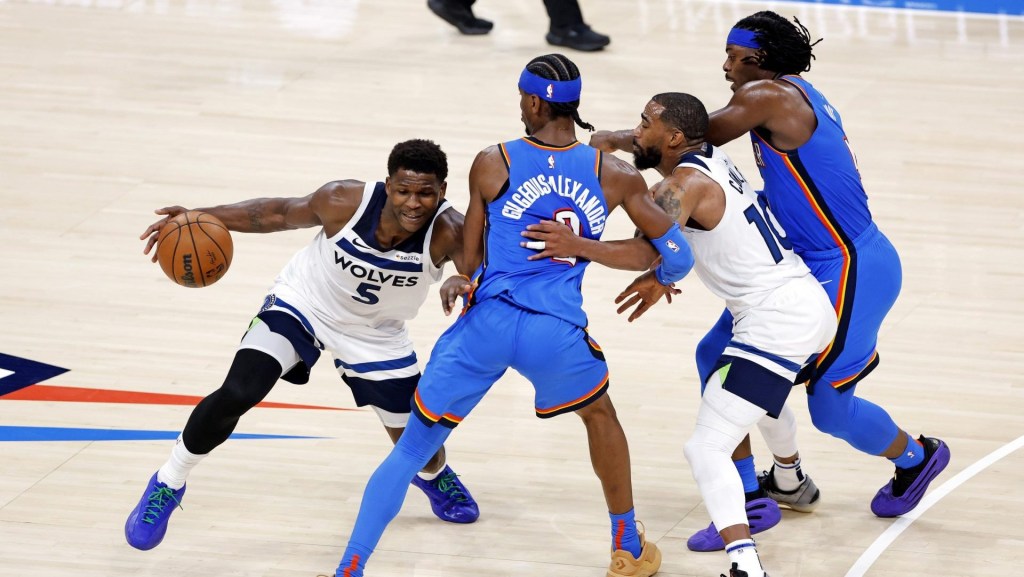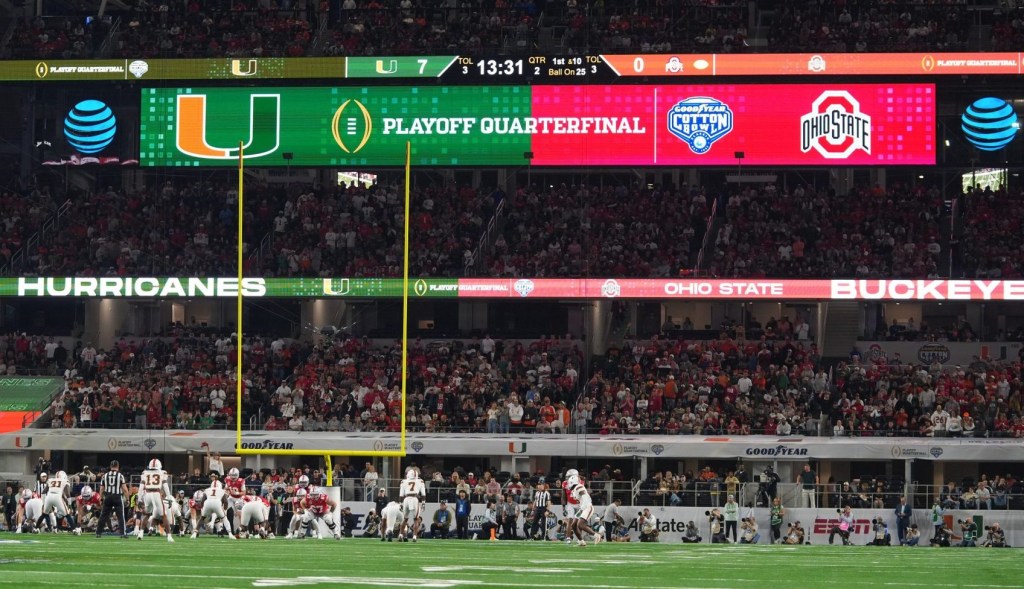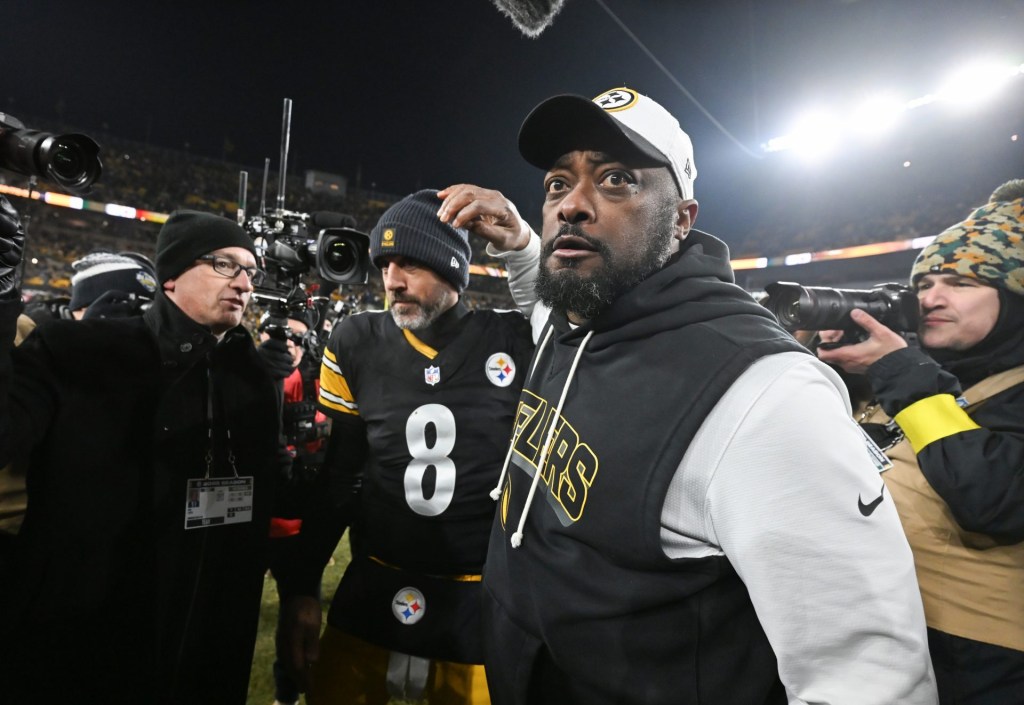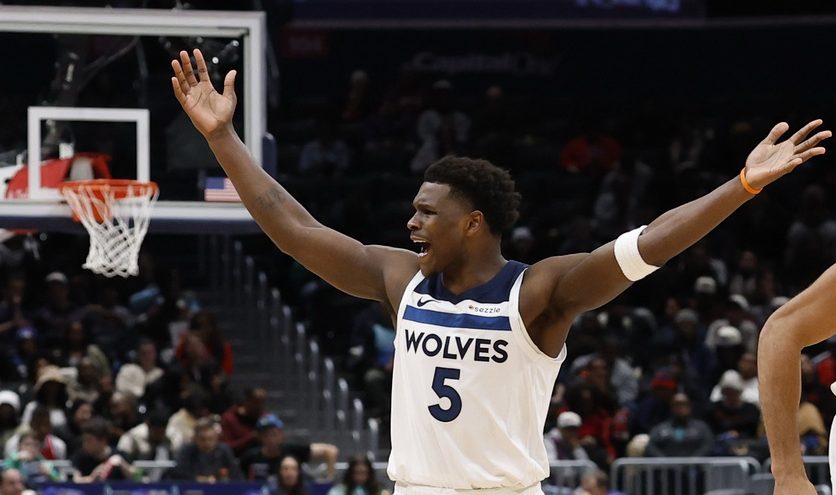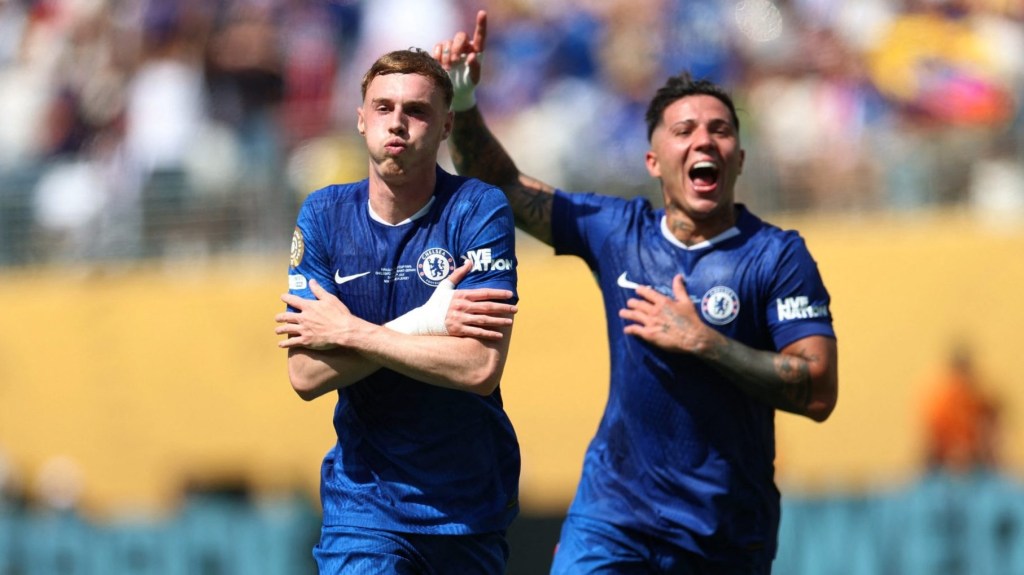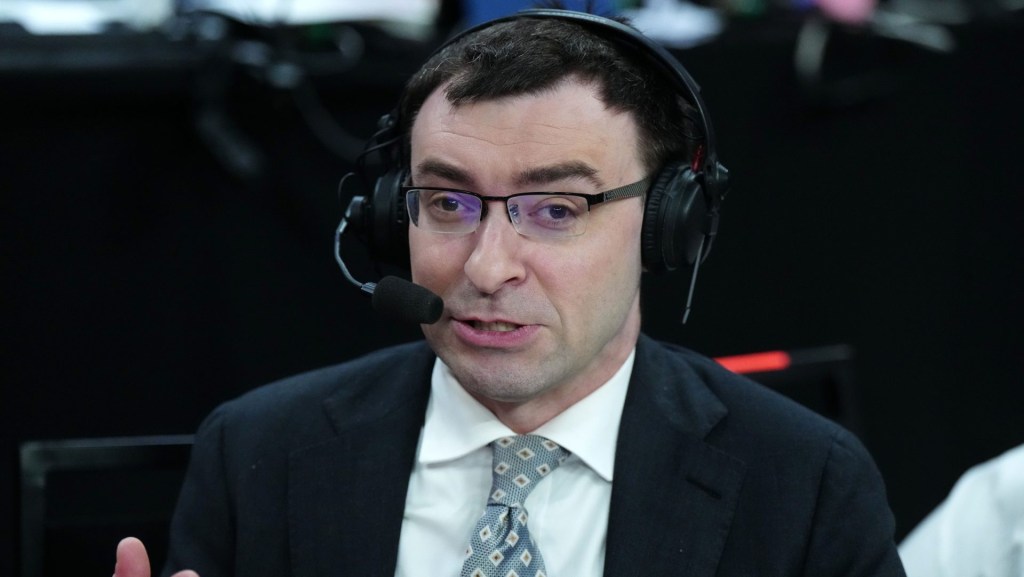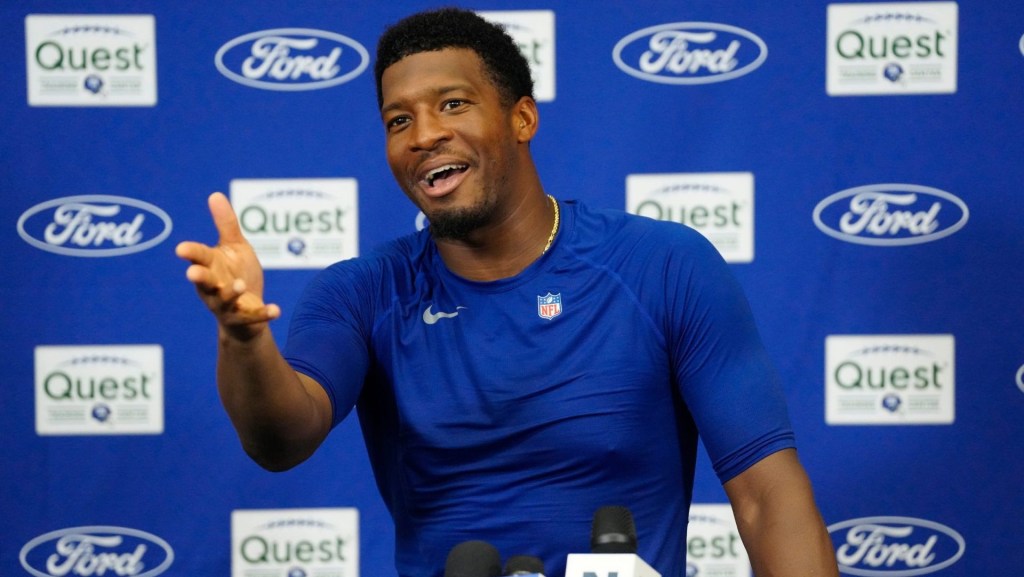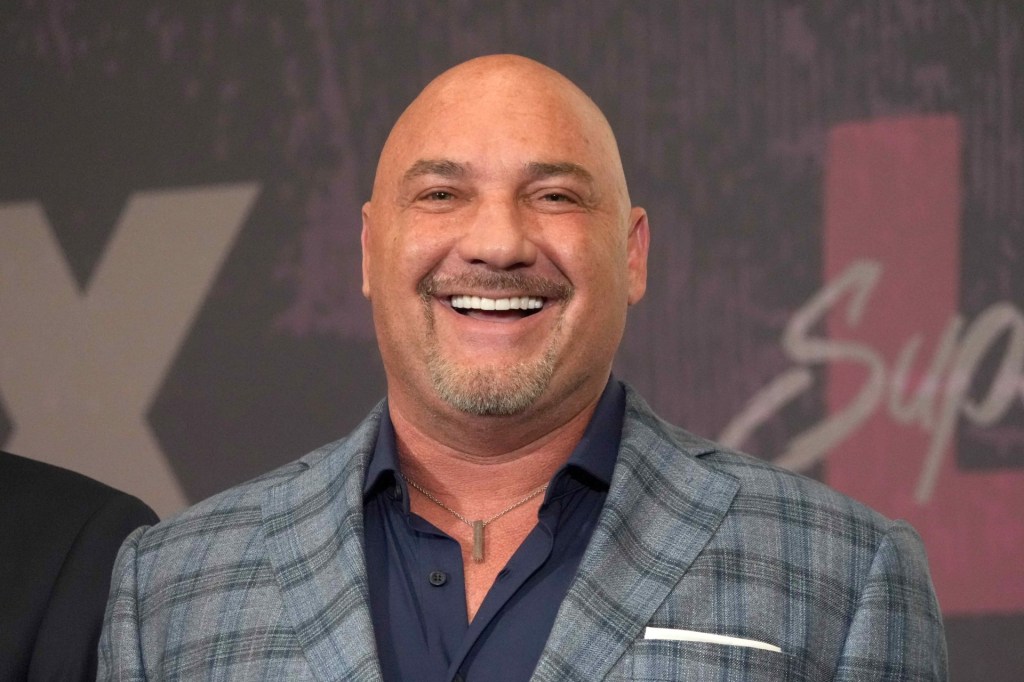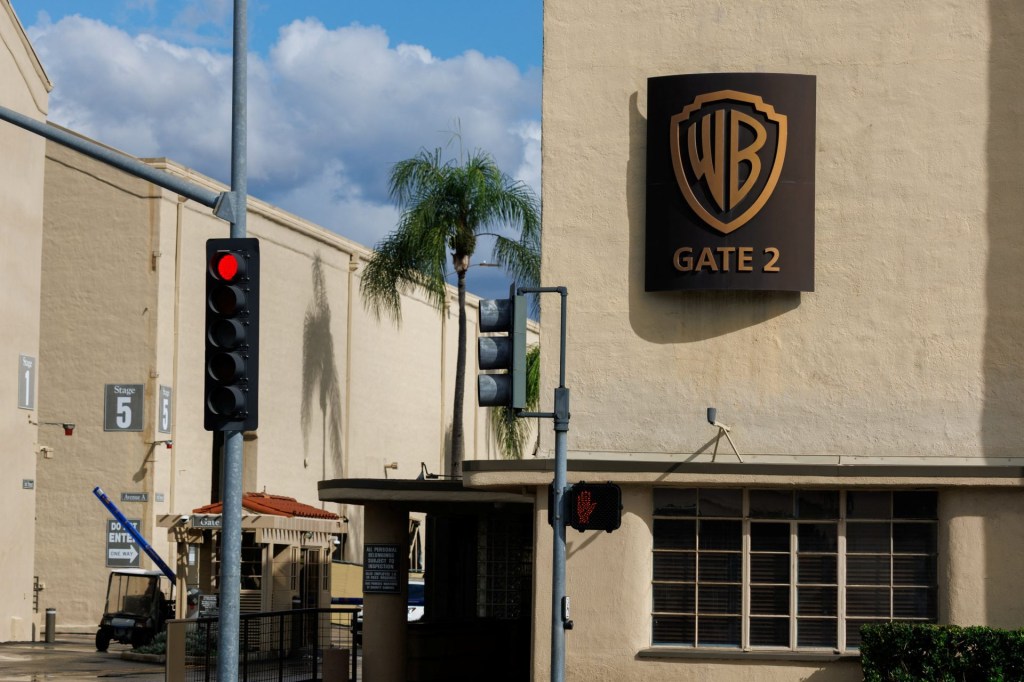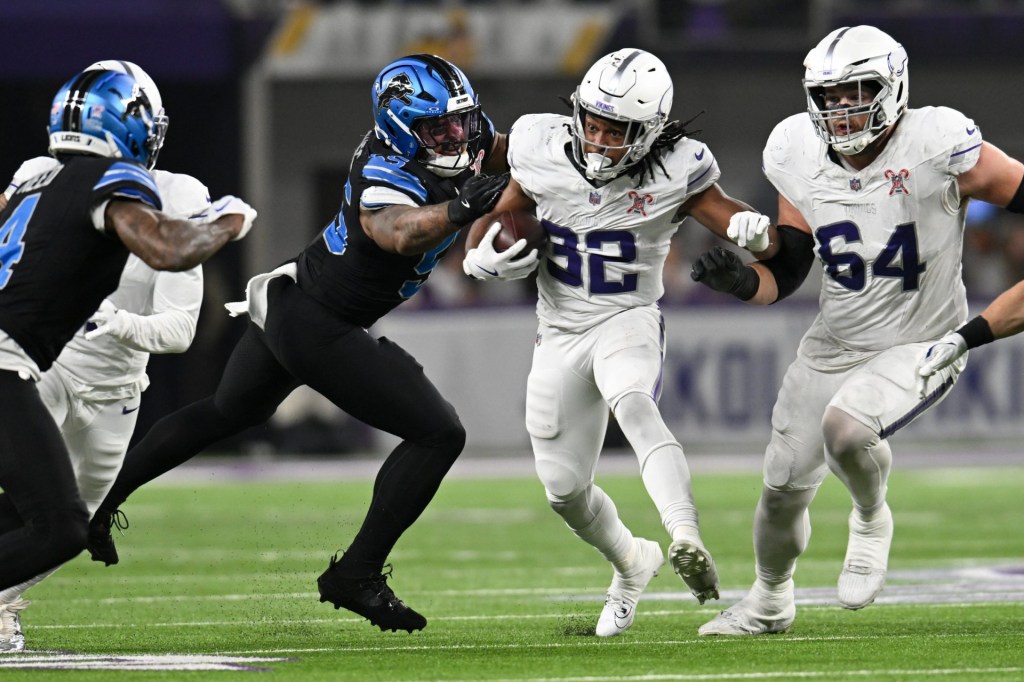Given the hot start of the first XFL in 2001, the startup league’s TV partners are savvy enough to realize the final verdict on the performance of the reborn XFL in 2020 will come at the end, not the beginning, of the season.
Still, executives at ABC/ESPN and Fox Sports are thrilled with the access they were given by Vince McMahon’s XFL 2.0 to go where NFL TV partners have not gone before. XFL Commissioner Oliver Luck and President Jeffrey Pollack even encouraged the networks’ innovation – a rarity for control-hungry sports leagues.
“They just sort of said, ‘Have at it,'” Lee Fitting, ESPN’s vice president of production, said. “They said, ‘We want this to be totally groundbreaking. We want to give the viewer stuff that they’ve never had before and just push the envelope as much as you can.’ That’s what we tried to do – and that’s what we’ll continue to do.”
Judy Boyd, Fox’s senior vice president of production, also welcomed the challenge.
“From the beginning, the XFL has said they are the ‘league of yes’ when it came to access. We feel the access has really let some intriguing and fun insight into the game,” she said. “Most people like a peek behind the curtain and the access we have been given has really allowed fans to see some of that and view the game in a heightened perspective.”
Audiences responded in a positive way. ABC and ESPN averaged 2.9 million viewers for its first two XFL games. Fox averaged 3.3. million. Overall, 22.5 million people sampled the XFL across Disney and Fox-owned networks, Michael Mulvihill, Fox’s executive vice president and head of strategy, said in a tweet.
Viewers responded to more than the novelty of a new league. That started with the formerly taboo subject of football betting.
ABC/ESPN went further than Fox by adding the point spread and over/under to its on-screen scoreboard. It also posted the odds for each XFL club to win the championship on-screen and had its announcers discuss the betting line when appropriate.
There was no pushback by TV viewers. Instead, the inclusion of sports betting seemed more like an overdue acknowledgment of reality, according to Darren Rovell of The Action Network.
“The counterpoint to mentioning odds on the air has always been that it would disturb the experience of someone who didn’t bet. The XFL broadcasts are the perfect testing ground to prove that that thought is unfounded baloney,” Rovell said.
The reaction was “super positive” by both bettors and non-bettors, Fitting said.
“It’s the world we live in now. It’s something that, frankly, I don’t think we can be afraid of,” he said.
Meanwhile, the inclusion of the point/spread actually helped ABC/ESPN properly set the stage before kickoff, Fitting added.
“People didn’t know anything about these teams. So if you see on your screen that the (DC Defenders) are a 9-point favorite, that immediately gives football fans some context about who (Las Vegas) thinks the better team is,” Fitting said.
The broadcast teams also took advantage of their level of access.
Sideline reporters like Dianna Russini and Pat McAfee of ABC/ESPN and Jenny Taft and Brock Huard of Fox were free to roam the field, interviewing players and coaches right after they made key plays or decisions that changed the course of the games.
The networks even gave reporters access to locker rooms during halftime – another area that’s forbidden for NFL TV partners.
Like many fans familiar with the one-and-done history of the first XFL in 2001, Julie Stewart-Binks was skeptical about the XFL heading into the opening weekend.
But the football was good and the TV productions even better, said the sports broadcaster for SNY and fubo Sports Network.
“As a former sideline reporter, I was salivating at the access and insight reporters like Dianna Russini and Jenny Taft brought to the broadcast,” Stewart-Binks said. “It made you feel like you’re right there in the action. Interviews with players as big plays happen, talking to coaches about plays and decision making. Literally, something we’ve never seen anywhere else.”
READ MORE: XFL Launches With Lessons Learned And Goals for Long-Term Growth
On the production side, ABC/ESPN slapped microphones on every player and coach they could find. Viewers literally heard quarterbacks and head coaches call plays in real-time.
Color analysts like former Alabama Crimson Tide quarterback Greg McElroy would then jump on the air to translate the football jargon before the play occurred.
It made for some Tony Romo-like play-calling predictions and proved to be an interesting insight into how the sausage gets made.
TV experts applauded the decision by the XFL to take viewers into the replay booth. The viewer actually heard the real-time communications and decision-making between the officials on the field and those in the replay booth.
“Everybody loved access to the replay booth and hearing the conversation. So many times after the ref makes the decision during an NFL game you’re not really sure why they saw,” Gus Ramsey, program director of Full Sail University’s Dan Patrick School of Broadcasting and former ESPN coordinating producer, said. “Going behind the curtain with that replay stuff really helped.”
ESPN’s Fitting agreed.
“Anytime you can give the viewer that big of a peek behind the curtain, yeah, it tends to cut through. I thought listening to the audio of the replay booth was groundbreaking and as transparent as you’re going to get,” he said.
There were glitches, as expected during Week 1. Some of the mics went in and out, leading to spotty audio during some on-field interviews. Others worked too well, leading to some vulgarities being accidentally broadcast over live air.
READ MORE: ABC/ESPN To Show XFL Betting Lines On-Screen
The XFL allows its network TV partners to mic up four players per team week, according to Fox’s Boyd.
“It’s a great new working landscape for us to learn from and also adapt into our broadcast. We don’t want to inundate the viewers with just a bunch of voices but how we weave it into a broadcast and not only teach but entertain fans when they hear play-calls is just a whole new way to watch (and hear) football,” she said.
The average XFL viewer watched for 61 minutes compared to 69 minutes for college football and 85 minutes for the NFL, Fox’s Mulvihill said. If those numbers keep up, XFL 2.0 is well-positioned as an innovator in the field and in the broadcast industry.

